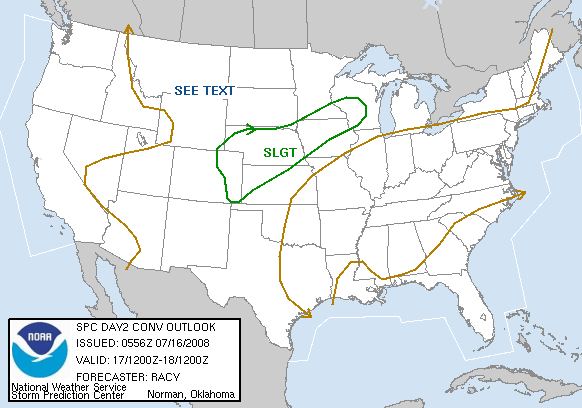Ben Cotton
EF4
One thing to be careful of is the Td increases. The winds may be out of the S or SW in the Ohio Valley, but "the air isn't of Gulf origin yet" as Dr. Smith said this morning. The real question here is going to be can the air get juicy enough in time to generate anything of interest. In the lower MS valley, sure. I'm not convinced as of right now that the Ohio Valley north to the Great Lakes will be moist enough to support severe convection this weekend.
BC
BC





